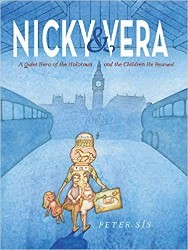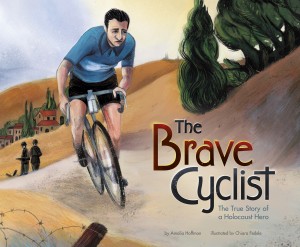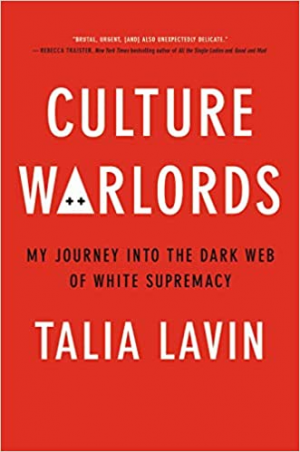Theodore Bikel (1924−2015) embodied twentieth-century Jewish history to such a degree that Aimee Ginsburg Bikel’s introduction to her late husband in the book’s foreword seems a moving understatement, “If you ask your grandparents or maybe even your parents about him, they’ll probably say they saw him on TV, in the movies, or in the theater, and maybe they heard some of his records.” Ginsburg Bikel has transformed a short story which Bikel had written about his childhood in pre-war Vienna, originally published in Moment Magazine, into a children’s picture book. The result is an unusual combination of memory, history, and psychological query which transcends the divide between books for young readers and those for adults. With delicate cartoon-like drawings by Noah Phillips, as well as extensive back matter which adds historical context, The City of Light illuminates Bikel and his pivotal generation. The book encases the Jewish experiences of persecution and survival and the title reflects the message of Jewish self-determination commemorated by the festival of Chanukah.
Ginsburg Bikel’s text alternates between registers of language. Some words seem intended to translate her husband’s childhood into accessible words while others retain the perspective of an adult. For example, she refers to “the boy” as he “watched intellectuals debate,” a phrase more consistent with a man looking back on his past. The narrative also relates moments of unbearable horror, as when the young Bikel is beaten by antisemitic thugs, “When he came home from school, bruised and bloody, his papa wept.” Few things could be more terrifying to a child than the sight of a father reduced to powerlessness in the face of a child’s victimization. Nostalgic evocations of Vienna’s beauty and vibrant diverse Jewish community also reflect both the boy’s immediate impressions and his later reflections. He details the physical beauty of the grand synagogue but also records his sense that the ner tamid (eternal light) “must be the secret source of power illuminating his beloved city.” The pictures capture the essence of the text through simple lines and facial expressions, including one of a young boy looking up in wonder at this powerful lamp.
Bikel would become a noted actor, singer, and social activist, renowned for his work on the stage, in movies, and in the concert hall, including his interpretations of Yiddish folk and theater songs. As a Jewish child living under utterly degrading conditions, Bikel looked to the heroic message of Chanukah for salvation. Having endured another beating at the hands of children transformed into monsters by the Nazi regime, he dreams of Judah Maccabee, “tall and golden with great locks of long black hair.” This vision of an identifiably Jewish figure with the power to redeem the Jewish people disappears when he wakes to realize that “there had been no Maccabean liberation.” Again, the text operates on two levels. A little boy’s desperate dream ends while his adult self analyzes the loss of a national vision.
Ultimately, the war ends and Bikel’s hopes are realized. Toward the end of his life, he returns to Vienna and performs his songs to a grateful audience. In her “Afterword,” Ginsburg Bikel relates this event and affirms the optimism that characterized her husband’s life. Yet The City of Light does not easily resolve questions about how he made sense of his childhood or reconciled his progress from suffering to liberation. Instead, this ambivalent memoir immerses the reader in a past world and only suggests how a young boy who lived its contradictions became Theodore Bikel.
The book includes a Yiddish glossary, a recipe for honey cake, and the lyrics and music to the song “Little Candle Fires,” as well as an audio link.
Emily Schneider writes about literature, feminism, and culture for Tablet, The Forward, The Horn Book, and other publications, and writes about children’s books on her blog. She has a Ph.D. in Romance Languages and Literatures.





